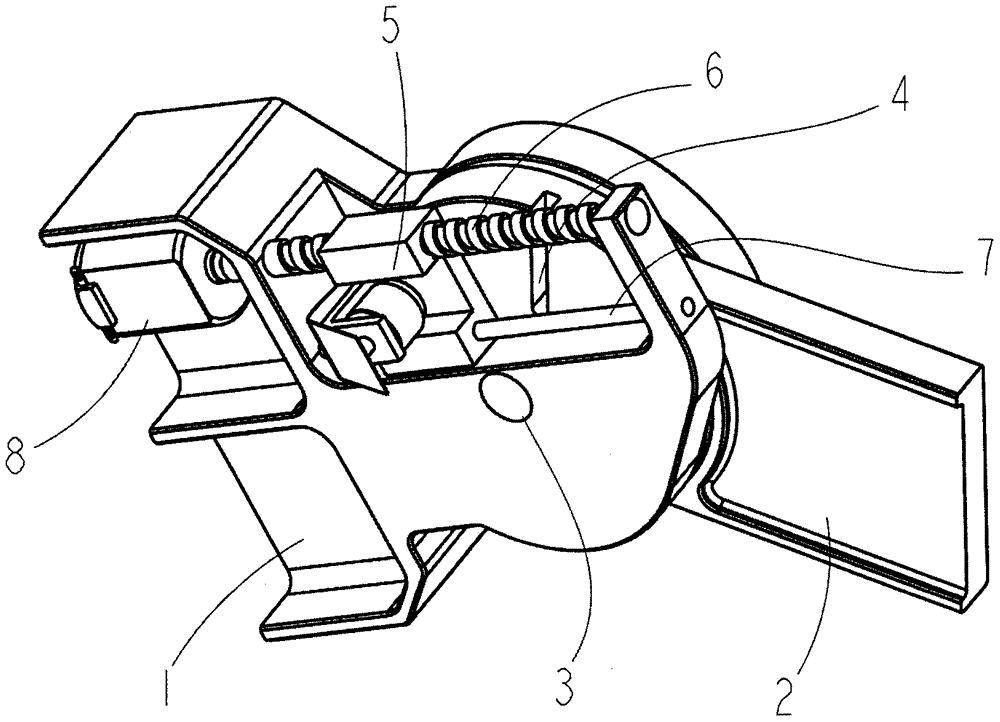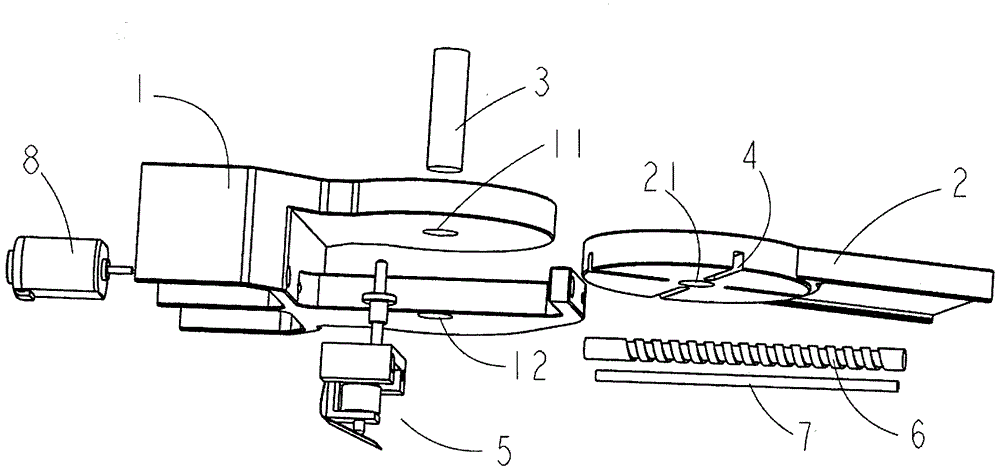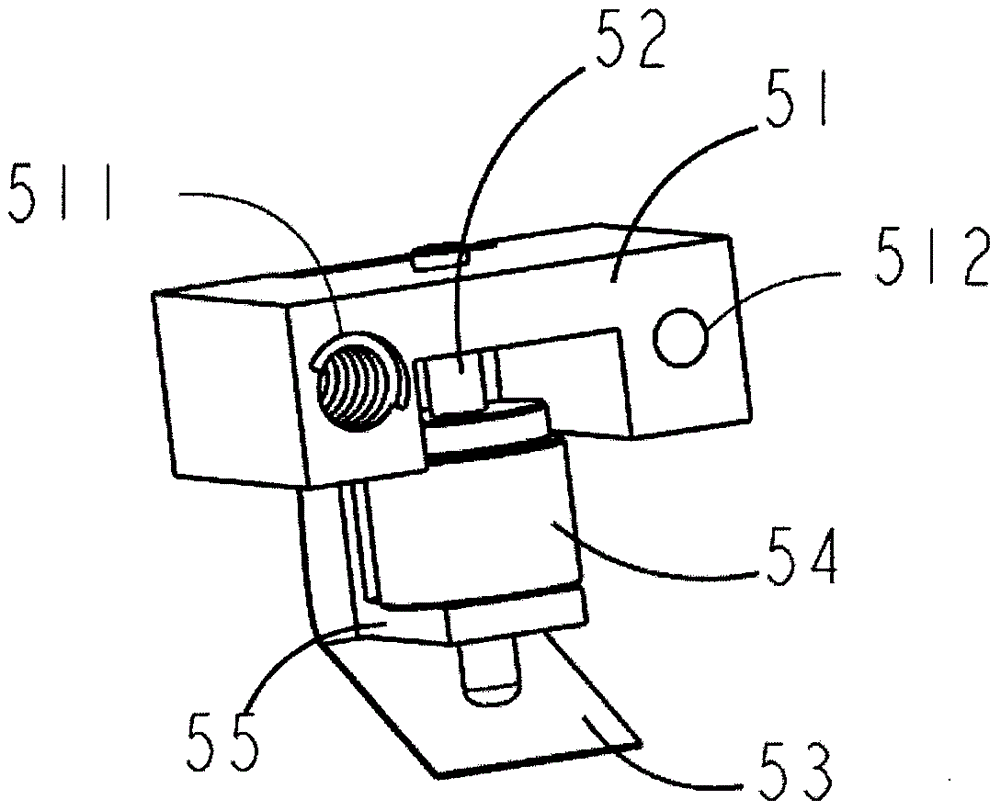Deployable joint locking control mechanism
A technology of locking control and joints, which is applied in the direction of manipulators, manufacturing tools, joints, etc., and can solve problems such as high energy consumption, bulky mechanism, and limited locking force
- Summary
- Abstract
- Description
- Claims
- Application Information
AI Technical Summary
Problems solved by technology
Method used
Image
Examples
Embodiment Construction
[0026] Mechanisms involved in the field of robotics are often track-determined or controlled, in other words, the degree of freedom of the mechanism is equal to the number of effective power sources (such as motors). Therefore, the locking or releasing of a single-degree-of-freedom motion joint should at least be carried out under the condition that the trajectory of the mechanism is determined or controlled, that is, at this time, the movement of each joint of the mechanism does not deviate from the predetermined trajectory due to a small external force (moment). Including the joint being locked or released. On the other hand, the locking or releasing of the joints means that the degree of freedom of the robot mechanism changes accordingly. People use this process to control the topological change or special movement of the robot to achieve energy saving and simplification. Similar applications are in reference It can be seen in literature [1], [2], [3]. In order to explain ...
PUM
 Login to View More
Login to View More Abstract
Description
Claims
Application Information
 Login to View More
Login to View More - R&D
- Intellectual Property
- Life Sciences
- Materials
- Tech Scout
- Unparalleled Data Quality
- Higher Quality Content
- 60% Fewer Hallucinations
Browse by: Latest US Patents, China's latest patents, Technical Efficacy Thesaurus, Application Domain, Technology Topic, Popular Technical Reports.
© 2025 PatSnap. All rights reserved.Legal|Privacy policy|Modern Slavery Act Transparency Statement|Sitemap|About US| Contact US: help@patsnap.com



